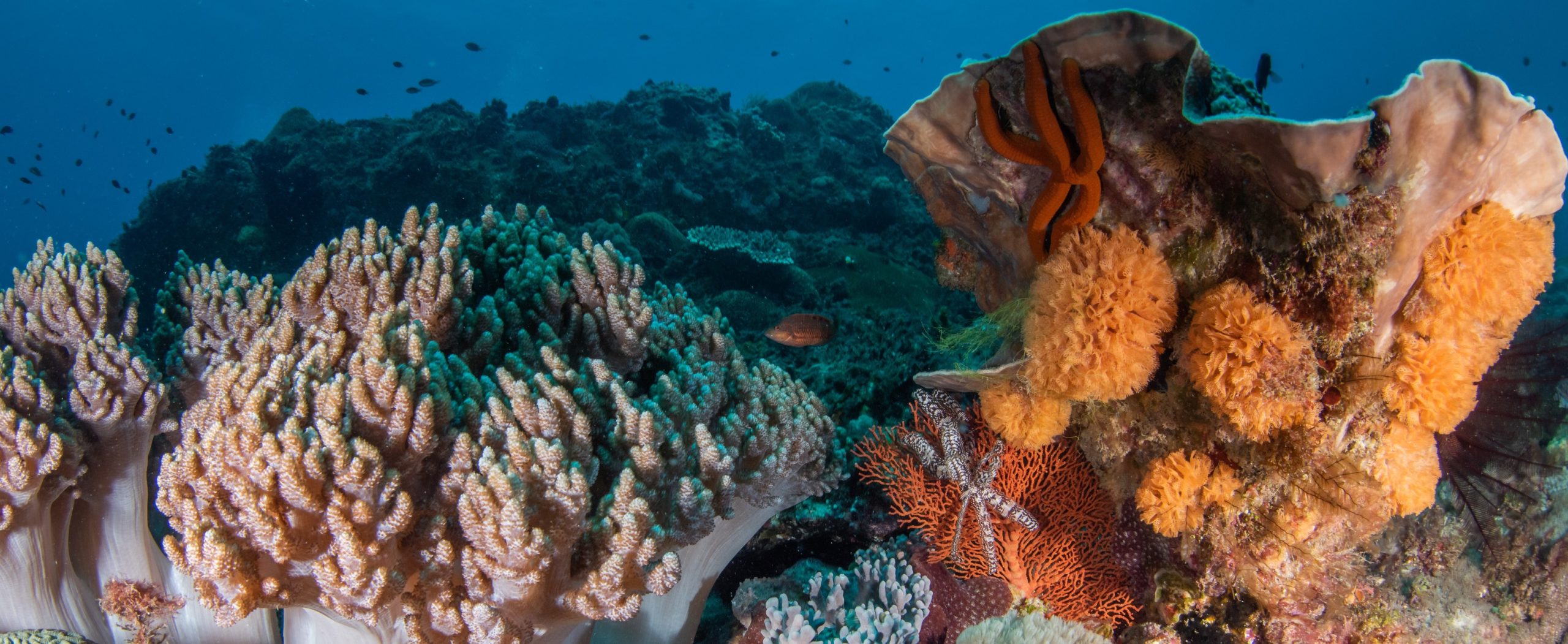Predicting diet of animals in ecological communities is necessary for a better understanding of trophic links and piecing together food webs to inform ecosystem-based management. A dietary model, Consume, was recently developed to predict detailed dietary information for fishes on the basis of fish identity and size. This model was field-tested over a continental scale, predicting community-level consumption for other temperate marine fish communities that differed in species composition and size structure. Using local stomach contents data to field-test predictions, accurate performance of the model was found across 14 locations around southern Australia. Prey type and mean prey size were predicted for fishes at new locations with high accuracy (mean percentage overlap between predicted and actual prey types = 73%; r2 between predicted and observed mean prey size = 89%) when trained with stomach contents data from subsets of sampled fishes at all locations. Model accuracy dropped, but was still respectable, when using training data only from one location (prey type accuracy = 67%; mean prey size r2 = 56%). Prey type was more accurately predicted on the basis of consumer body size than species identity, while consumer family identity and size were needed for accurate prediction of mean prey size. The most important factors were evaluated by leaving out predictors (species, genus and family identity; size of consumer; habitat, location, ecoregion and biogeographic province). Exclusion of geographical location information resulted in little loss in accuracy. Our results highlight the need for consideration of consumer body size in trophic models, rather than binning species into functional groups solely on the basis of taxonomy. Application of Consume to situations where no dietary information exists, but at least fish family identity and size structure are known, will provide a novel mechanism for testing important ecological hypotheses and assessing trophic consequences of anthropogenically-induced changes in community structure.
